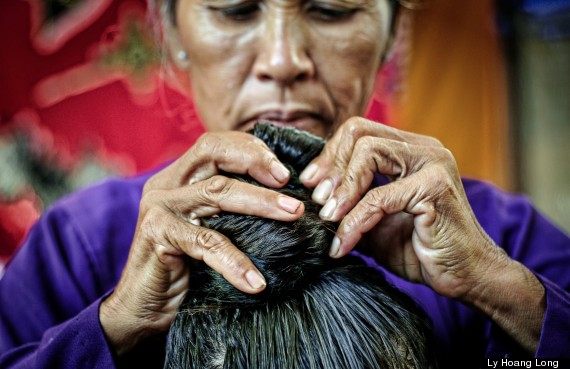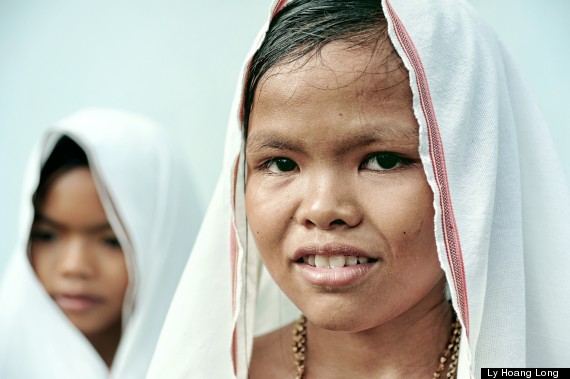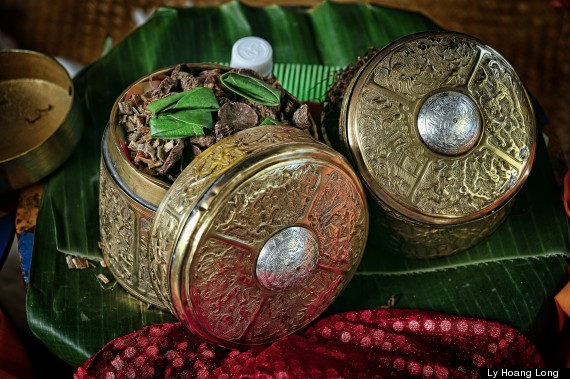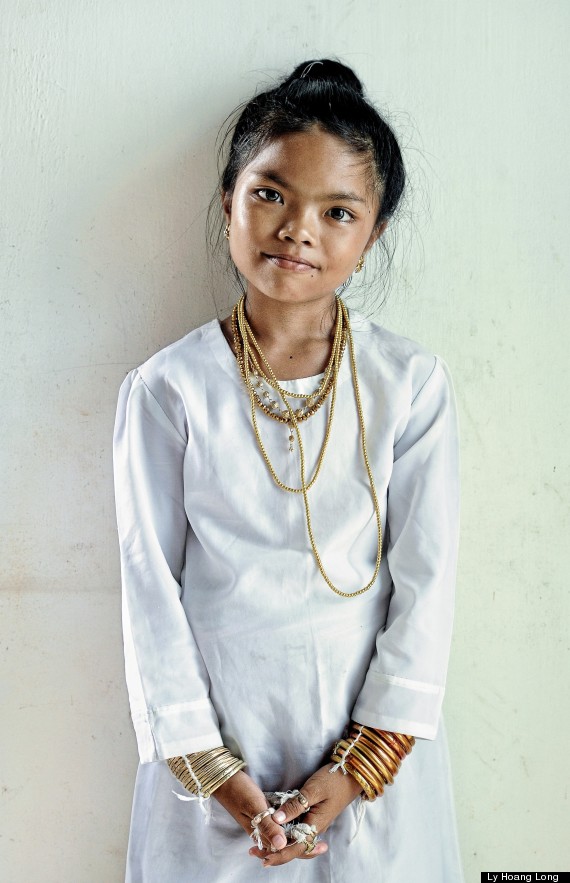"The Other Hundred" is a unique photo book project aimed as a counterpoint to the Forbes 100 and other media rich lists by telling the stories of people around the world who are not rich but whose lives, struggles and achievements deserve to be celebrated. Its 100 photo stories move beyond the stereotypes and clichés that fill so much of the world's media to explore the lives of people whose aspirations and achievements are at least as noteworthy as any member of the world's richest 1 percent.This project has a special meaning for me because for as long as I can remember, lists of the rich and famous have had a perverse hold on me. Populated with figures unlike anyone I had ever met with lifestyles the opposite of what I had always been taught was the right way to behave, they clearly could not be held up as models for emulation. And yet, with their wealth, power and influence, weren't they also meant to be models of success -- figures we should be looking up to? Clearly there was confusion here -- possibly even a contradiction. My conclusion was that rich lists were built around a lie. The reality is we can't all be rich. Most people on this planet can't even aspire to having even the tiniest fraction of wealth; 8 out of 10 live on U.S. $10 or less a day.
This is not something to celebrate, but nor should it have us despairing. Rather, it should tell us that if we want to look for success, then we should look elsewhere than those celebrations of excess epitomized by the Forbes' billionaires list and its many imitators. From this insight emerged the idea of "The Other Hundred": to turn the notion of a rich list on its head and celebrate instead not just those at the other end of society, but also the myriad ways in which people around the world use multiple means to gauge their own success and satisfaction -- some material, others not. Developing this idea took a while. I knew I didn't want to celebrate poverty. Being poor is a bad thing; everyone should have enough to satisfy his or her fundamental needs. But nor do people wake up with the dream of becoming millionaires; rather, people set about realizing more concrete, local tasks with the ideas and materials at hand.
One year later the end result of this musing was "The Other Hundred" (www.theotherhundred.com), the first book in what I now know will be a series -- a collection of 100 photo stories from 91 countries across six continents and selected from more than 12,000 images from 156 countries.
Many other ideas, themes and questions came up in the making of this book, and I hope it takes readers on a journey that helps them understand the world a little bit better. But the main goal remains to show the incredible variety of human life that exists in the world and which we almost never hear about. I would like to think that we succeeded.
We are currently working on the second edition of "The Other Hundred" for a December 2014 publication, focusing on the entrepreneurs left out of the mainstream media. These are the millions of people around the world who have ventured out and done things their own way without ever graduating with an Ivy League MBA, hiring an investment bank, planning an IPO or dreaming of fame and fortune.
Ninh Thuan, VietnamPhotographer: Ly Hoang Long
The Champa, a Muslim community of some 39,000 people, inhabits the area spanning the Ninh Thuan and Binh Thuan provinces along the coast of central Vietnam. At the age of 15, Champa girls, usually in groups of four or five, undergo a Karoh (maturity) ceremony, one of the most important ritual events of their lives.
The ceremony’s preparations start with the girls’ families choosing a place, such as a courtyard, where two tents can be set up -- a larger one for the priests, aligned east to west, and a smaller one for the girls.
On the selected date, the girls gather in their tent. First, they undergo a purification ritual. An old woman, the most respected in the community, takes them to a fountain and bathes them by pouring water over their heads.
Returning to their tent, the girls prepare for the main ceremony. Two or three women take care of each girl, first dressing her in a white dress, then adorning her with bronze, copper and sometimes gold jewelry. The girl's hair is brushed and put up into a bun. Finally, each girl is given a traditional yellow robe and her head is covered with a red woven cloth.
One after another, they step into the main tent. There, the priests sit in a circle. The head priest places his hand on the first girl’s head, recites a prayer and then cuts a small lock of her hair. When all the girls have undergone the same set of rituals, they return to their tent, take off their traditional robes and have a short rest.
A few minutes later, they return to the main tent to thank the priests. The head priest says one more prayer and wishes each girl a good future. The ceremony completed, their families and relatives congratulate the girls and give them gifts and money. Each is now regarded as an adult in the community.

In preparation for her Karoh (maturity) ceremony, a girl is ritually purified by having water poured over her head. In the girls’ tent, a woman checks the offerings prepared for the ceremony.
In the girls’ tent, a woman checks the offerings prepared for the ceremony. Bronze, copper and gold bracelets and rings adorn the hands of one of the girls.
Bronze, copper and gold bracelets and rings adorn the hands of one of the girls. Each of the girls has her hair carefully brushed then put up into a bun.
Each of the girls has her hair carefully brushed then put up into a bun. Their heads wrapped in red cloth, the girls enter the priests’ tent for the main ceremony.
Their heads wrapped in red cloth, the girls enter the priests’ tent for the main ceremony.



